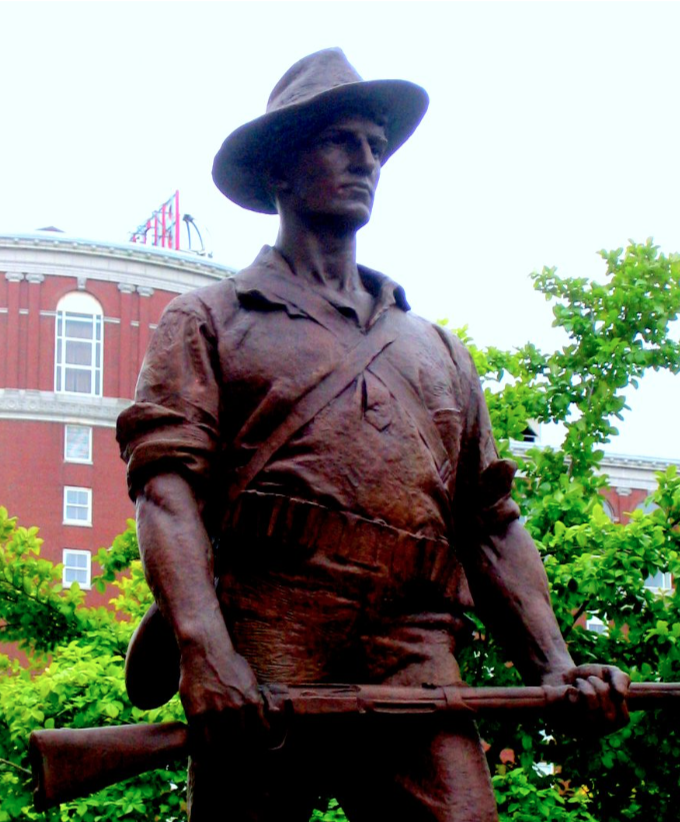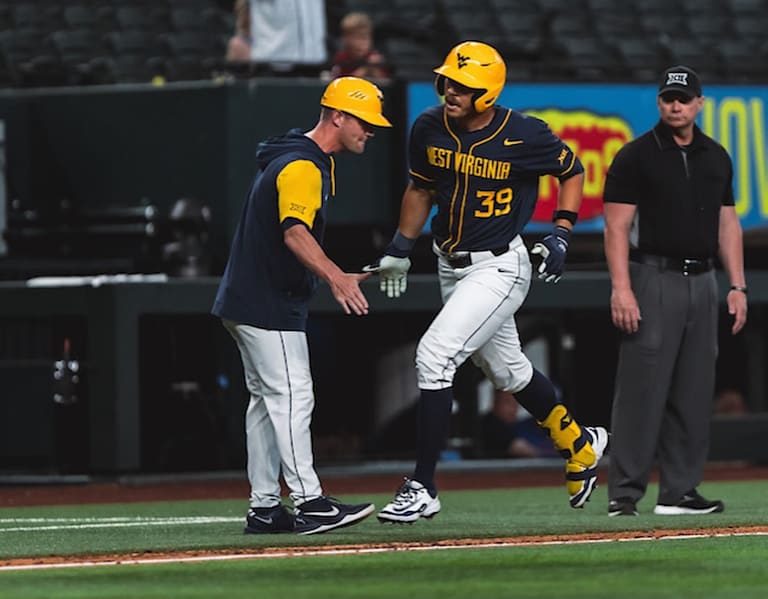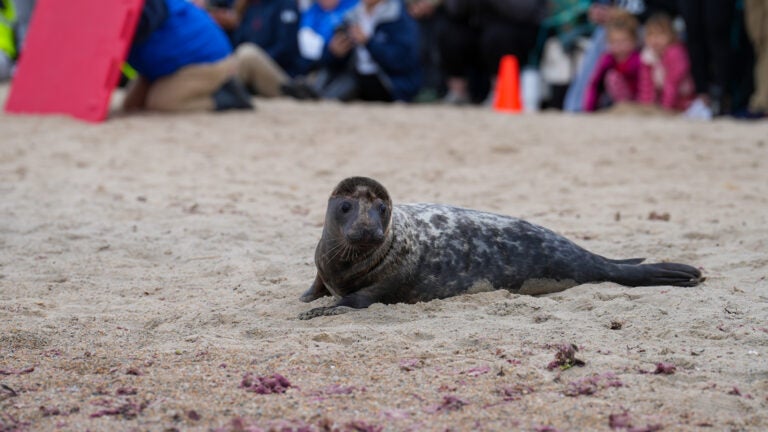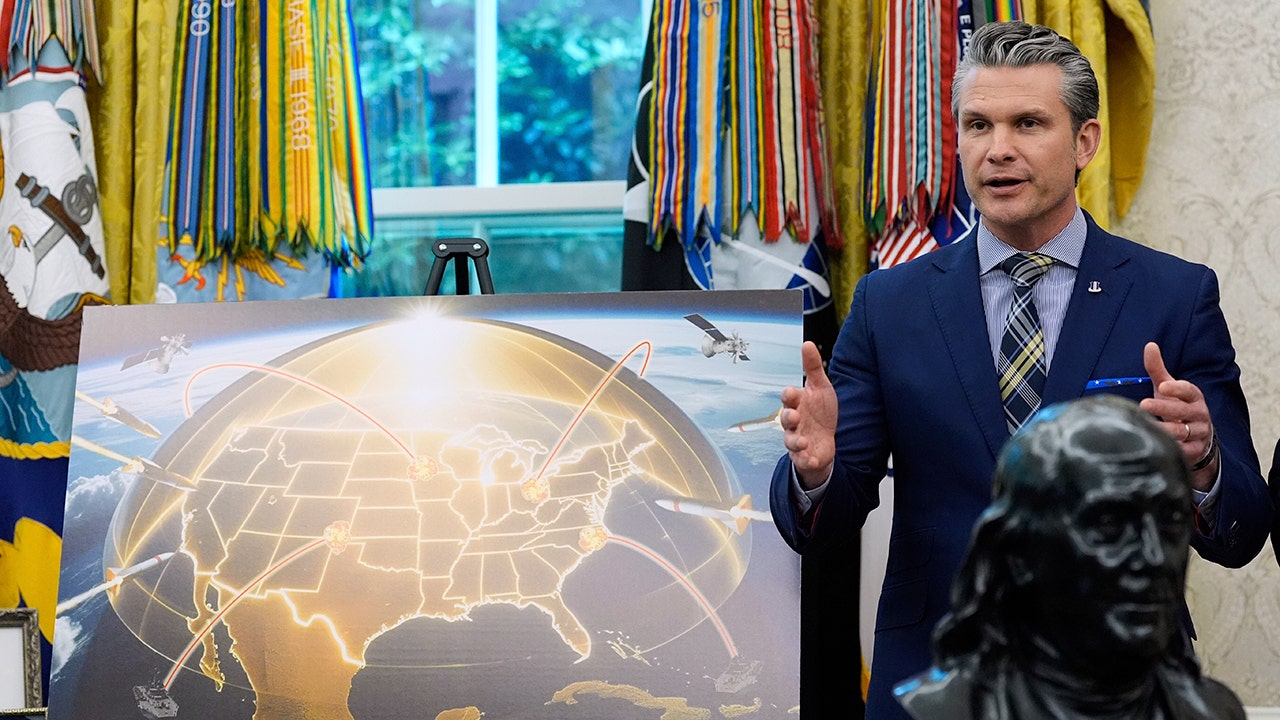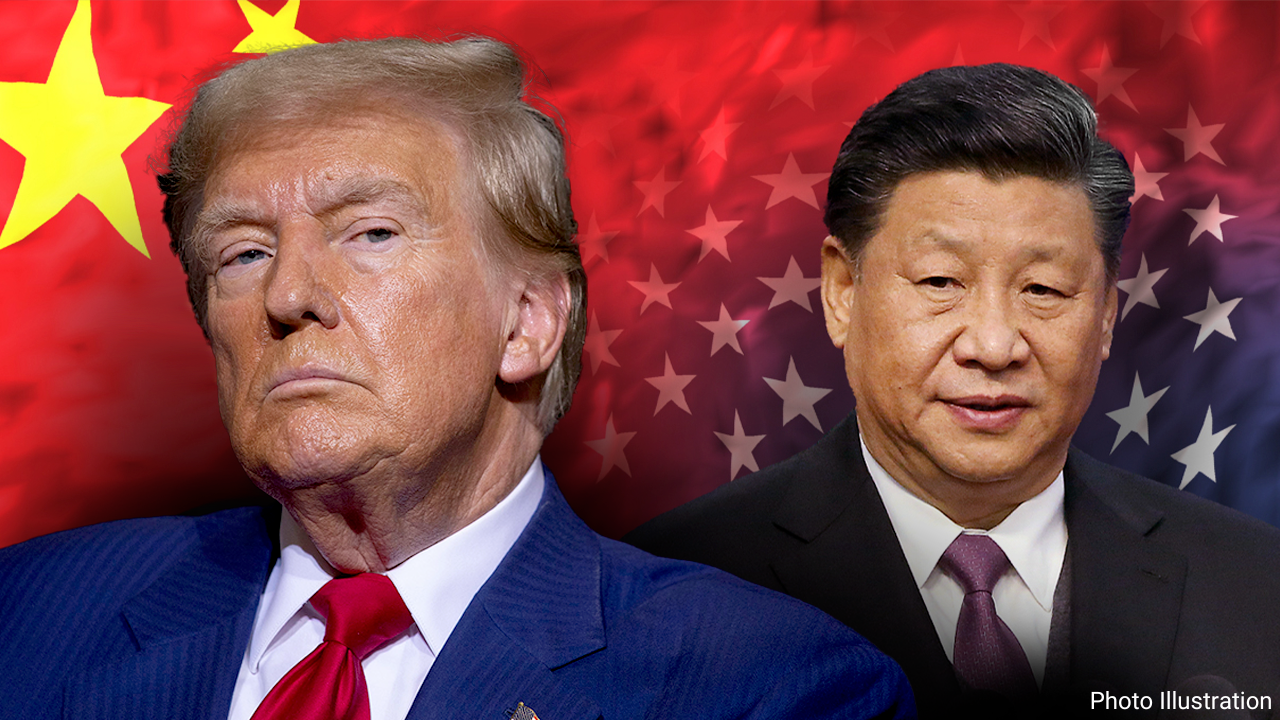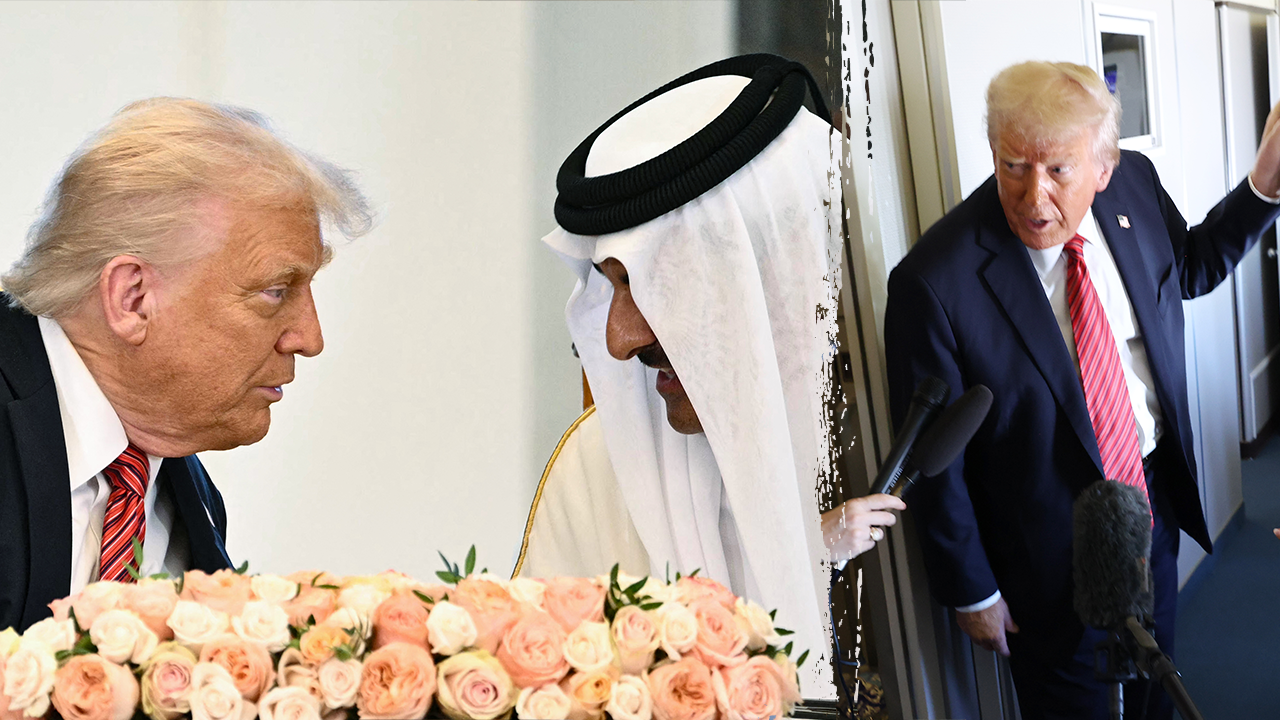Dining in Rhode Island: An ode to the Ocean State’s food scene.
The light changes with the seasons, the temperatures go up and down, but dining excellence across the Ocean State is as consistent as the tides.
- There are numerous food and drink events happening in Rhode Island throughout the summer.
- These events include chef appearances, festivals, farmers markets, and cook-offs.
- Many of these events require tickets or reservations, so planning ahead is essential.
Memorial Day weekend is just around the corner. The spring rains, muddy shoes and thick coats of pollen everywhere are ready to be replaced with the promise of summer. Bring out your flip-flops.
A whole season of beaching, cookouts, picnics and warm nights under the stars are all in front of us. Three of the most glorious months are worth all the cold, snow, ice and wind New England can deliver.
But I’m here to remind you how fleeting these long summer days are. Welcoming Memorial Day weekend, the unofficial start of summer, makes you think you have all the time in the world. You’ll get to the planting, walks on the beach, s’more making over a fire pit and dining on the water.
But will you?
Blink and it will be Labor Day weekend, the unofficial end to summer. I know and you know it. We’ve lived it.
Summer days come fast and furious and without a plan, it’s easy to rack up regret come September. So might I suggest you make your plans now. Mark up that calendar with all the events you don’t want to miss, food and drink you want to enjoy and people you want to share it all with.
I’ve done some of the legwork for you. What follows is a list of fun food and drink things to do. Some are now, some are in the future. There are ideas and events.
Happy planning for Memorial Day weekend and a perfect Rhode Island summer.
Sweet Berry Farm opens for season
Sweet Berry Farm reopens for the season at 915 Mitchell’s Lane Middletown, on May 23 at 8 a.m. with new owners. “We look forward to introducing some new members of the team after we reopen in May,” they wrote on Facebook.
This is the place to pick your own strawberries (starting in early June) and other berries as the growing season progresses.
Special guest at Ocean House
James Beard winning chef Mike Solomonov will be a special guest at Ocean House in Watch Hill on Memorial Day weekend. There are two opportunities: one to meet Solomonov and a second to enjoy his cuisine.
Solomonov opened his first restaurant, Zahav, in Philadelphia in spring 2008, serving Israeli cuisine. Esquire put it on its list of the year’s best new restaurants. In 2017, he won the most coveted James Beard award of them all, for outstanding chef.
Now he the owner of several restaurants that reflect his life growing up in Pittsburgh and Israel, the son of an American mother and a Bulgarian father. He learned to bake in Israel.
Guests can spend Saturday afternoon, May 24, from 2 to 3 p.m. at a special meet and greet to learn more about the chef’s culinary journey. The cost is $55. Add $40 if you’d like a copy of his cookbook “Zahav: Home: Cooking for Friends and Family.” You can reserve tickets online.
On May 25, there’s a BBQ on the Beach from 5 to 7 p.m. featuring chef’s expert cooking techniques. He will showcase flavorful dishes inspired by his Israeli roots, including sesame chicken thighs, grilled skewers, smoked short ribs, smoked eggplant, and turkey coffee ice cream. There will be sides, drinks and live music. The cost is $125 for adults and $55 for children 4 to 12 and $25 for children 3 and younger. You can reserve tickets online.
Shop Four Town Farm
Four Town Farm, 90 George St., Seekonk, isn’t just the place to pick delicious strawberries (come June). This is where you can do all your shopping from local soups to herb plants to rhubarb. This is a marketplace where you’ll find Narragansett Creamery yogurt and cheeses and Wright’s Dairy Farm milk and so many other local products.
Taste of the past
Smith’s Castle, 55 Richard Smith Drive in North Kingstown, hosts a fundraiser that features a tasting of Madeira and a frothy rum summer cocktail called Poncha, on June 5 from 6 to 7 p.m. The cost of the 21-plus event is $50.
In addition to Poncha, made with aguardiente (white Madeiran rum), light Colonial fare of cheeses will be served. Reservations can be made on Eventbrite. Space is limited.
Openings in Newport
1639
Newport Harbor Island Resort’s 1639 restaurant, has reopened for the season at 1 Goat Island, Newport. Named after the year Newport was founded, 1639 offers a coastal dining experience celebrating the flavors of New England with a modern, global twist. The menu, from executive chef Ryan Connors, includes bar classics and house-made pastas. Cacio e Pepe is prepared tableside in a wheel of Parmigiano Reggiano, with an optional upgrade of brown butter king crab. Other menu highlights include the 1639 Alaskan Halibut Clam Bake and the Rhode Island Striper, served with summer succotash, Parisienne-style gnocchi and a ratatouille purée. Reservations are available on Fridays and Saturdays, 5 to 10 p.m. They have outdoor deck dining.
Pivotal Brewing
Pivotal Brewing Company has opened its second location at 140 Broadway in Newport. There’s a new taproom, beer garden and private event space. The Newport space mirrors the artsy, eclectic vibe of Pivotal’s original Bristol location. On tap are 10 rotating draft lines, including a gluten-free hard tea.
Pivotal specializes in modern lagers and hazy IPAs. Starting this summer, the location will also offer a curated list of boutique wines, expanding its beverage program.
Garden City Farmers Market
Garden City Center has launched its first-ever weekly Farmers Market, in partnership with Rhode Island Night Market. Visitors can enjoy the family (and dog) friendly market each Sunday while discovering just-picked produce, pantry staples, handmade goods, and more for purchase from some 30 vendors each week. Familiar vendors include Stamp Farms, Radical Roots Farm and Rheds Hot Sauce.
It runs rain or shin from 10 a.m. to 2 p.m. every Sunday through Sept. 28 in the heart of Garden City Center’s gazebo green. There will also be live entertainment and a pop-up beer garden, in partnership with Avvio Ristorante, during every Market.
Zoobilee
Roger Williams Park Zoo’s 33rd annual Zoobilee fundraiser, Party with a Purpose, supports conservation and education at this 21-plus event. Guests enjoy bites and sips from local restaurants as part of the ticket price. Visit with the animals with special encounters. It will be held on Saturday, June 28 from 7 to 10 p.m. at the Roger Williams Park Zoo, 1000 Elmwood Ave., Providence. Tickets cost $125 ($25 off for zoo members); online at rwpzoo.org/event/zoobilee2024/.
‘Jaws’ 50th with a side of ‘Gansett
Narragansett Beer will make waves all summer long in honor of the 50th anniversary of “Jaws.” The brewery is selling exclusive “Jaws” 12-packs with 1975 retro cans inside. They are identical to the one Captain Quint crushed in the film while hunting for the shark on his boat, the Orca.
Come Shark Week, July 14 to July 20, there will be many events planned at the taproom at at 271 Tockwotton St., Providence. ‘Gansett Brewery Shark Week events include: Trivia Night on July 15; a Jaws-inspired jog on July 16; Snag a sharky design at a Jaws-inspired flash tattoo pop-up with FINAO Ink on July 17; Slurp oysters their beer garden cornhole tourney and oyster roast with Aquidneck Oyster Co. on July 18; Settle in for a day-long Jaws-A-Thon movie marathon – with a special screening at dusk on July 19; and Ride the mechanical shark from noon to 6 p.m. on July 20.
Pick your own blueberries
The season will start in early July in Rhode Island and can run well into August as farms plant assorted varieties that ripen at different times. Keep your eyes on these farms for when the time for blueberry muffins is upon you: Pinecrest Farm, 1 Pinecrest Road, in Richmond; Rocky Point Farm, 130 Rocky Point Ave., Warwick; Dame Farm, 91 Brown Ave., Johnston and Goodwin Brothers Farm, 458 Greenville Rd., North Smithfield.
Daveapalooza
The 5th Annual Daveapalooza is set for Saturday, July 12 at Proclamation Ale in Warwick, the brewery built by late founder Dave Witham. It will held from noon to 6 p.m. at 298 Kilvert St., Warwick.
Proclamation will be partnering with Civil Skate Shop, to create a day of skateboarding, live music, food and beer to celebrate Dave, said , and celebrating Dave, said Lori Witham, company owner and creative director. There will be collab beers, a local vendor market, Daveapalooza merch and slushies. Food vendors will include W’s Wood Fired Pizza, Belly Busters, Newport Sushi Co, and Matilda. Music will be live from TJ & The Campers, Free Beer the Band, and Toad & The Stooligans.
Advance tickets available are available now. The link can be found at www.proclamationaleco.com/events. Advance VIP tickets include a Daveapalooza glass and pour, along with entry to the event for $15 available through June 13. Advanced entry ticket is $5. Day of ticket is $8. Under 21 are admitted free. The rain date is July 13.
Charlestown Seafood Festival
The festival features the best of any county fair with foods that include calamari, lobster, clam chowder, clam cakes, fish chowder, corn on the cob, fish and chips, sausage and pepper sandwiches, hot dogs and hamburgers, fried dough and strawberry shortcake. There are amusement rides and live bands.
It’s set for Aug. 1 from noon to 11 p.m.; Aug. 2 from 11 a.m. to 11 p.m.; and Aug. 3 from 11 a.m. to 9 p.m. at Ninigret Park, 5 Park Lane, Charlestown. Daily admission is $13 for adults; children 10 and under free; military (with ID) and seniors (65 and older) pay $10. Parking is free (a $2 donation is encouraged). Rain or shine, no pets allowed.
For more information and a detailed schedule of festival events, visit charlestownseafoodfestival.com.
Farm Fresh RI’s Local Food Fest
Aug. 12 at Castle Hill Inn is the evening for local flavor, all in support of Farm Fresh RI’s mission to grow a stronger local food system. This unique fundraising event celebrates local growers in a spectacular Newport setting. There are dozens of local farms and producers of everything from mushrooms to cheese paired with chefs from some of the state’s best restaurants. They serve signature dishes and drinks.
Local artisan and farms committed to the event this year include Pizza Marvin, Long Lane Farm, Sweet & Salty Farm and Frank Laurie’s. Tickets cost $275 by advance purchase only at farmfreshri.com. The event always sells out.
Romanian Food Festival
St. John The Baptist Romanian Orthodox Church hosts its annual Food Festival as a fundraiser with homemade foods on Aug. 16 from 1 to 9 p.m. at 501 East School St., Woonsocket. The main foods being served will be: Sarmale (stuffed cabbage); Mititei (grilled ground meat from a mixture of beef and lamb); Chicken and Lamb Shish Kebabs; Pita (spinach pie); and many homemade ethnic desserts. Free admission and purchase your food and drinks.
Mac & Cheese Cook-Off
The 2nd Annual Mac & Cheese Cook-Off is happening on Aug. 16 at Phantom Farms, 2920 Diamond Hill Road, Cumberland, during their 3rd Annual Craft & Vendor Fair.
If you’ve got a cheesy recipe that’s a crowd favorite (or one you’re ready to debut), this is your chance to show off your skills and have some fun. You can reserve your spot online at phantomfarms.com. Spaces are limited and fill up fast.
The rules include all recipes must be submitted at the time of registration. A minimum of 4 pounds (about one large, full crockpot) of mac and cheese must be prepared. All mac and cheese must be cooked prior to the event. Phantom Farms will keep it warm and supply 2-ounce tasting cups, spoons, and napkins for customers. Guests will each get tickets to vote for their top three favorite mac and cheese entries.
Pawtucket Greek Festival
The annual Assumption of the Virgin Mary Greek Orthodox Church’s festival in Pawtucket offers three days of sweets, meats, dancing, music, shopping and other fun. The 2025 dates are Aug. 22, 23 and 24 at 97 Walcott St., Pawtucket. The hours are 5 to 10 p.m. Friday; noon to 10 p.m. Saturday; and noon to 9 p.m. Sunday. Admission is free but there are plenty of foods, sweet and savory to buy.
The menu includes roasted lamb, pork souvlaki and chicken souvlaki dinners, moussaka and spanakopita. Homemade desserts include baklava, rice pudding, almond rolls, baklava cheesecake and more. You can visit the Kafenio (café) for traditional hot and cold Greek coffees, and a bar serving Greek beer, wines and spirits.

